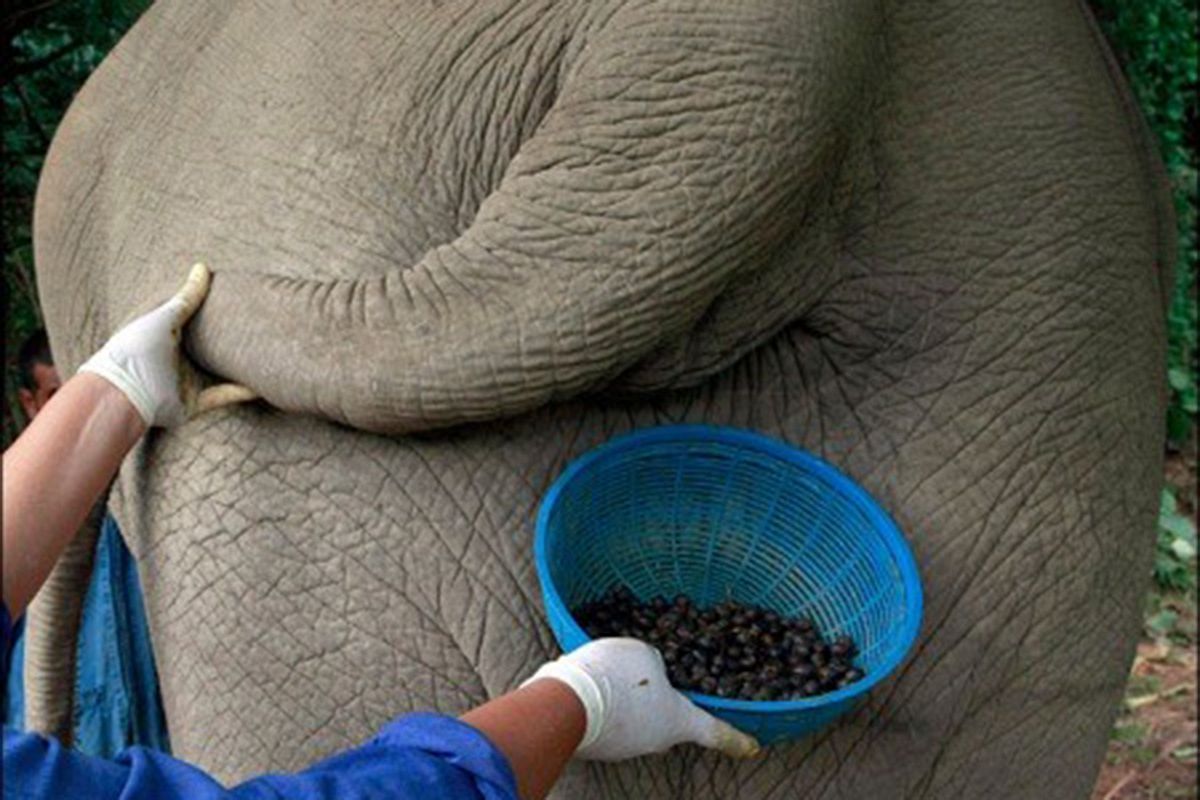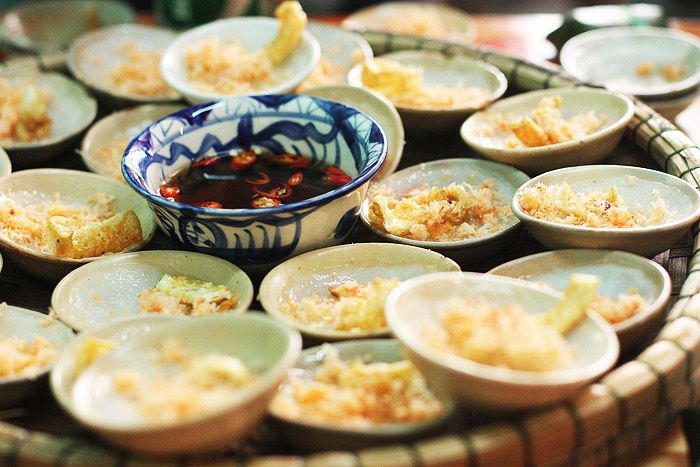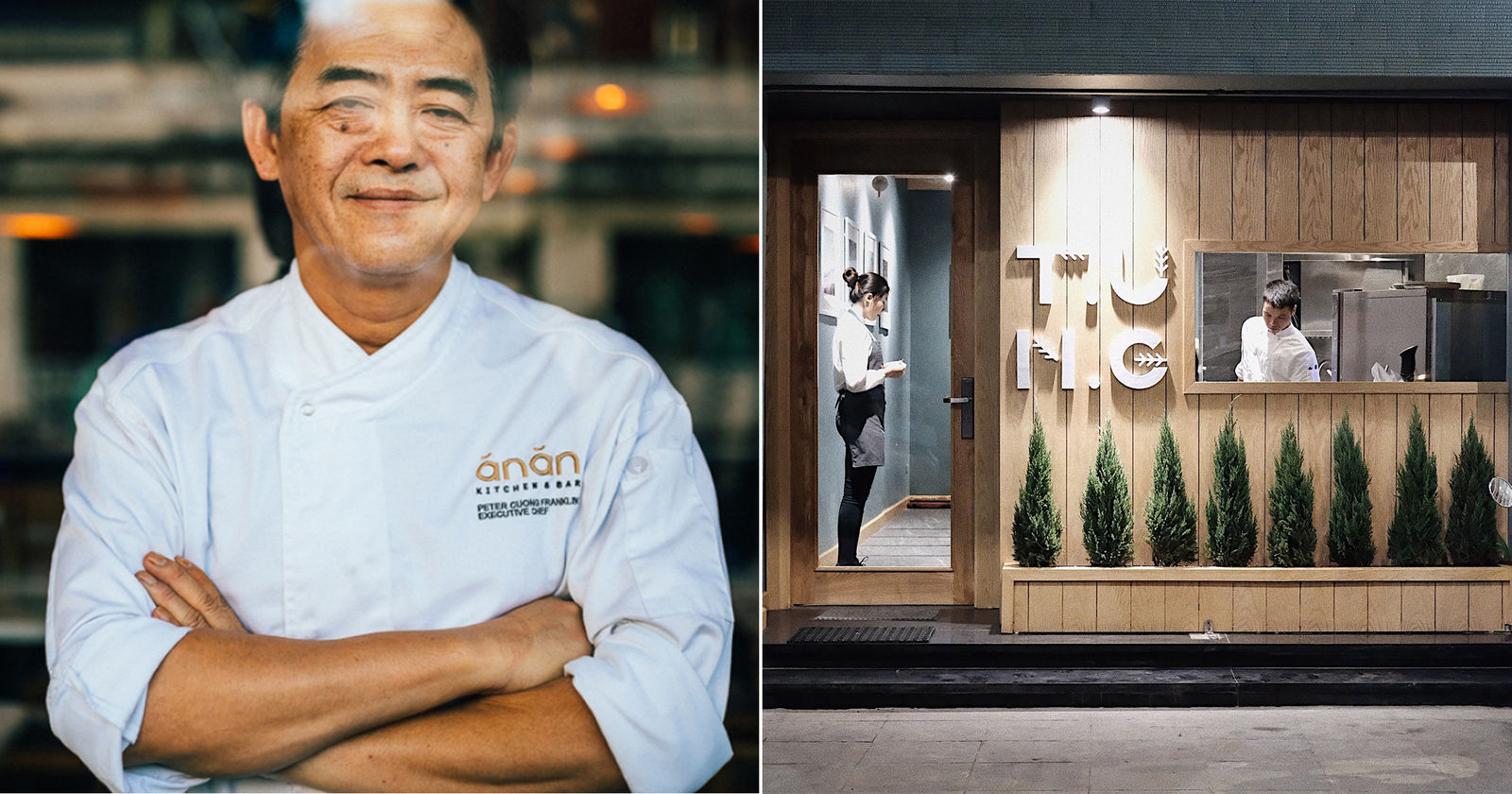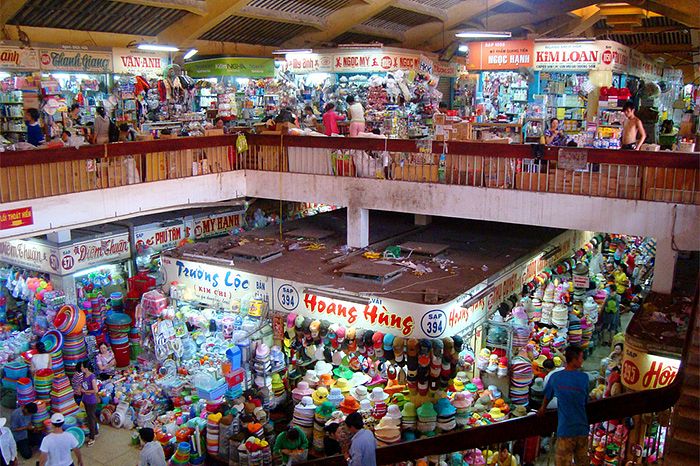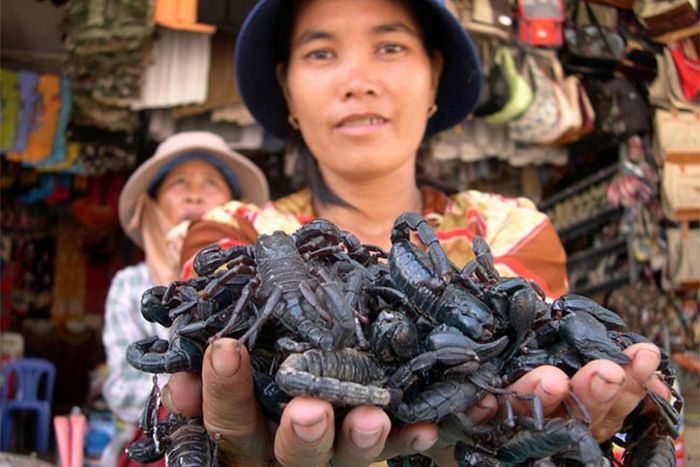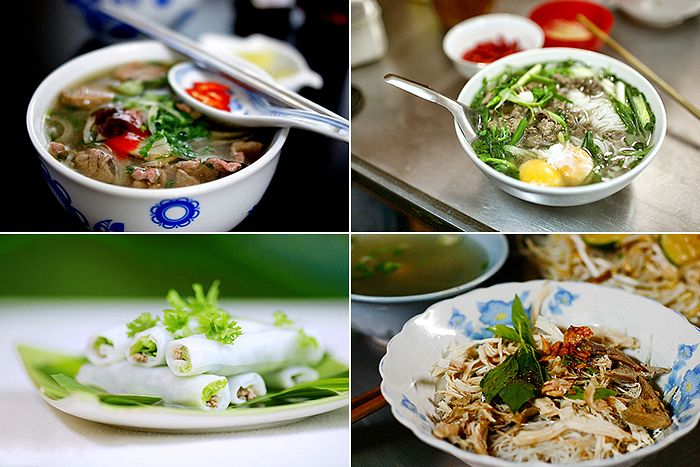Most people know that Vietnam is a global leader in the production of rice, coffee, tea and even cashew nuts, but what about wine?
Wine was introduced in Vietnam when the French invaded the country, who apart from violence and occupation, also brought with them some culinary gems, vocabulary and grape wine.
Historically, good table grapes have been grown for a long time around Mui Ne and Nha Trang, and, more recently, in Dalat, where its particular micro climate provides good conditions for growing grapes and other non-tropical crops. Around 20 years ago, wine grapes were introduced to Vietnam, and Dalat emerged as the country’s most famous region for table wine.
In the mid 90s, several Australian companies experimented with planting wine grapes in Vietnam, however due to the severe tropical climate, they were unable to create quality wines.
The main grape varieties planted in Vietnam are the Cardinal and Chambourcin grapes. The British company Allied Domecq and Australian winemakers have been working on introducing more international grape varieties into the region as well as experimenting with sparkling wine production, and many new vineyards are being planted in areas that have been recently demined.

There are many myths about Dalat wine (Vang Dalat), including that is not really wine, and there are reasons for this. Even though there are many small producers in the area, only a few companies commercialise the most popular wines. Due to this pseudo monopoly and scarcity of quality grapes, some producers decide to add fruit juice to the grape wine, getting an undefinable mix; in fact, only around 3 percent of Vietnam's total wine production is made from grapes.
Check back on Monday for Part II to see whether Vietnam is capable of stepping up its wine game.
Alfredo de la Casa is a wine expert who runs the blog wineinvietnam. In order to increase awareness about wines available in Vietnam, Alfredo periodically stops by to profile some of his favorites, their origins and why you should consider picking up a bottle.
[Images via iñaki de luis and Frugal Frolicker]


